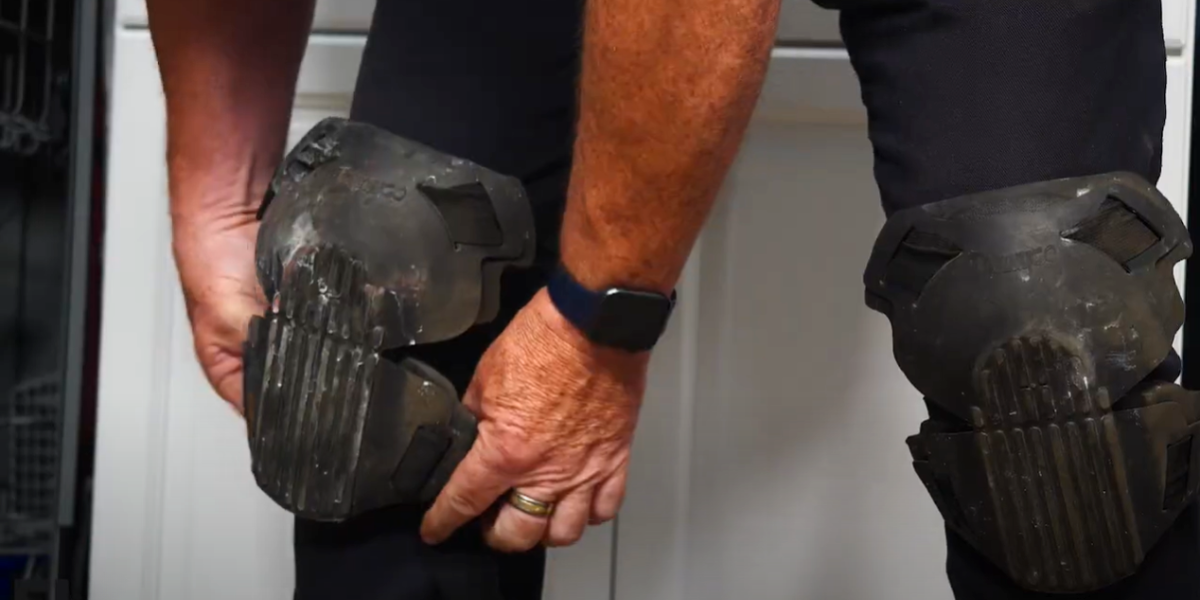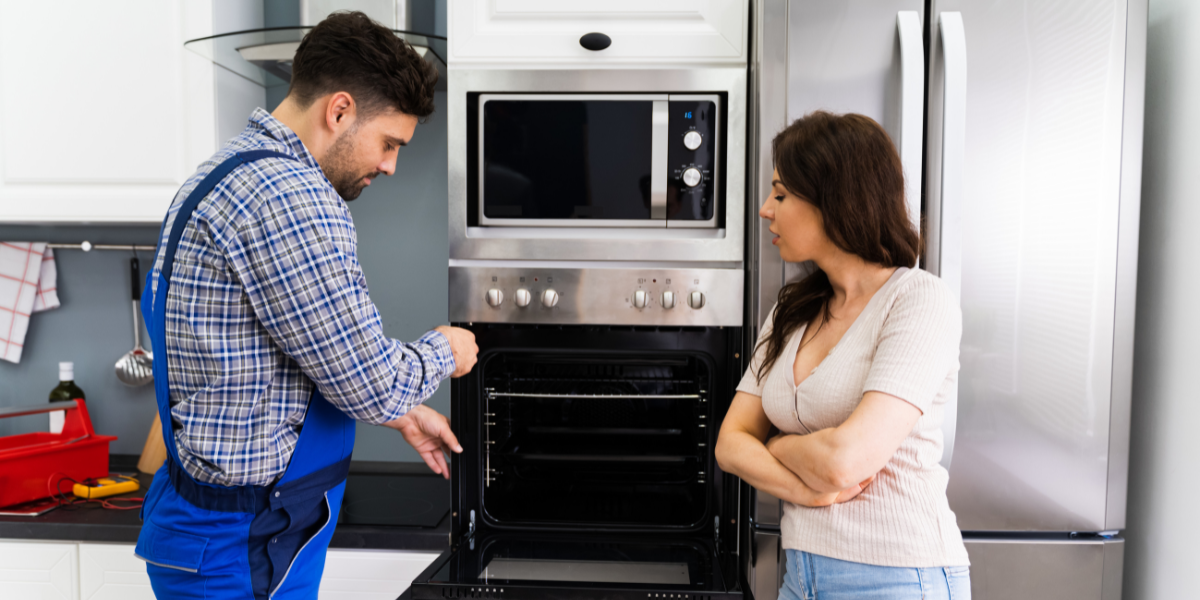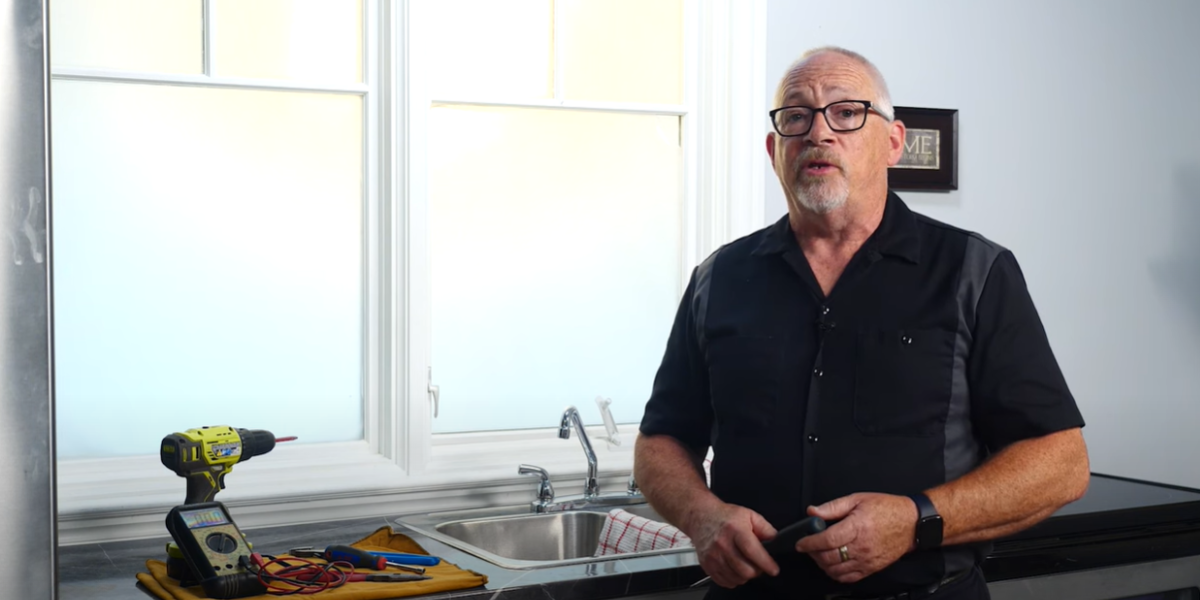Appliance Repair Safety Tips for Techs
How to keep yourself and your customer safe on the jobsite
Being an appliance repair technician can mean long days traveling around town, in and out of customers' homes, crouching and lifting, up and down stairs. There are no guarantees what sort of working conditions you’ll find yourself in, or the type of tasks you’ll need to do. In short, this job can be physically demanding. The best way to handle this uncertainty is to come prepared, with the proper equipment and the right mindset. If you’re new to the industry, or thinking about getting into repairs, this article will walk you through the steps to protect you, your customers, and your company from any injuries or issues.
Protect Yourself from Injuries
Every job comes with its own set of hazards, but when you’re on the road and working in other people’s homes you want to take some extra precautions. Add in the fact that you’re dealing with electrical equipment, plus water and gas lines? You definitely want to have safety on the mind! The right gear makes all the difference, here are the pieces of safety equipment you should have:
- Knee pads – whether built into your work pants, or an external pair you strap onto your legs, knee pads are going to make things much easier on your body. Kitchen or laundry room floors typically are tile or cement, and when crouching down to fix those appliances all day, you’ll want the extra padding.
- Safety glasses – dust, debris, or chemicals can seriously harm your eyes, so a pair of safety glasses should be a no brainer. Even if you wear glasses for vision correction, an extra pair of safety goggles can help prevent severe damage to your eyes.
- Back support – appliances are heavy, and if you’re moving them around for access or installation, you’ll want some support. Items like a back brace, dollies, hand carts, or air-sleds can all reduce the strain on your body and make the job easier.
- Non-slip safety shoes – don't be working in your sock feet! If customers don’t want you wearing outdoor shoes in their home, have a pair of dedicated indoor shoes to change into. That's not a practical choice if constantly running back and forth to the truck, but we’re focused on your safety first.
Other common items to keep in your kit are work gloves and ear protection. If you have long hair, keep it tied back out of your face. You should also avoid wearing jewelry or loose clothing on the job site, as these could get snagged or caught on equipment or sharp edges.

Protect Your Customer and Their Property
Having the customer present to provide information and explain their issues can be helpful with your diagnosis. However, when they start poking their fingers into the appliance, or hovering way too close, some boundaries need to be set. There is a potential for them to end up hurt or further damaging equipment if they are in your work zone. Have the conversation with the customer at the start, get the details from them, then explain how the rest of the appointment will proceed. They'll likely be interested in the process but explain ahead of time that you will be working with electrical equipment and set a safe distance for them to observe from. It will be a much smoother process if these parameters are put in place before you begin your diagnostics and repairs.
When arriving at a client’s home, there’s no telling what sort of work zone you’re going to wind up in. A seasoned homeowner may have gone through the repair process before and will have access cleared to the appliance in question. Others may not be as accommodating. If needed, carefully move anything that impedes your workspace. When putting down your tools or other items, be mindful not to damage any surfaces in the home like flooring or countertops. When you’ve finished the job, remove any debris or garbage, sweep or mop up any spills, and return any items that have been moved. You’re not there as a cleaning service, but do not leave the work site in a worse condition than when you arrived. If you need to come back later to finish the repair, tell the homeowner what they can do to make things easier for when you return.

Protect Your Company and Their Property
Whether you’re self-employed or a member of a team, when you’re with a customer you are representing your company. When you have finished your work and are leaving the client’s home, you have a responsibility to ensure that all electrical, gas, and water hookups have been reconnected to code. If you notice issues with these areas, bring this to the attention of the homeowner. Getting this information in writing is beneficial and can protect everyone (you, the client, and the company) if future issues arise.
If the company is providing you with tools and safety equipment, you also have a responsibility to maintain them. The company should look at you, the service technician, as an important investment, so keeping you safe on the job and having properly functioning tools is a crucial factor. Ensuring that you take care of this equipment and report back with any issues will help prevent you from heading out with defective equipment.

Working out in the field as an appliance technician is a physically demanding job, so keeping yourself safe and injury free is critical. Taking these preventive measures into account can help ensure you enjoy a long and healthy career without over-exerting your body. Replacing appliance parts is one thing, but needing a knee replacement is a whole other kettle of fish. Wear the proper protective gear, keep your work area clear of obstructions, and always put safety first.
